ARTIST / ANTI-ARTIST IN THE QUATERNITY OF ART
How can two such opposite contemporary artists Anselm Kiefer and Damien Hirst be simultaneously held up as paragons of art by the art world?
Anselm Kiefer – one of the world’s greatest contemporary artists – once described Damien Hirst – the world’s most financially successful artist – as the ‘anti-artist’, but was also at pains to say that that didn’t mean that he was not an artist. I was immediately reminded of the beautiful lime green leafed False Acacia: not an acacia at all as it is of a different genus, but forever inextricably linked to acacias by name. There is also the story of an American tourist, who in the 1970s when the military came to power in Turkey following a period of intense instability, found himself in a Turkish jail accused of being a communist. His protestations to an ideologically beleaguered military policeman that he was an ‘anti-communist’ were met by the response, “Shut up and sit down, we don’t care what sort of communist you are!”
So there is a sense in which an ‘anti-artist’ whose work effectively subverts art by actively embodying financial value, and which is not just a subsystem of the art market but is the art market, can still be an artist in his own right. Kiefer’ own work may hold a clue to his views about Hirst’s yin to his yang: A 1973 painting that is part of a series set inside the bare timber environment of his then attic studio, depicts the recurring theme of three flames that mysteriously rise up from the floor and which are in relationship with a serpent. This painting is called Quaternity, a concept Kiefer borrowed from Carl Jung. Like the burning bush of the Old Testament, the three flames symbolise the Holy Trinity. The serpent symbolises Satan, the anti-Christ or anti-Trinity. Borrowing perhaps from Eastern philosophies, Jung’s idea was that without acknowledging the dark side there is no wholeness. How can we know light if there is no darkness or sweetness when there is nothing bitter? So perhaps for Kiefer the ‘anti-artist’ must exist for the artist to be understood.
‘Quaternity’, 1973
The harmony of disharmony implicit in this concept of an artistic ‘quaternity’ is certainly a neat way of understanding the art world. How else can we make sense of the apparent cognitive dissonance of an art world that can simultaneously hold up two such opposite paragons of art? ‘Cognitive dissonance’ is the discomfort felt at holding two or more contradictory ideas at the same time: like believing in God and the scriptures at the same time as accepting science and the theory of evolution. We humans have an odd knack for cognitive dissonance and our art institutions are no different, although I don’t sense that there is much discomfort being felt. And why should there be, as both artists emerged from two very different environments that may make them relevant and maybe even important in their own right.
Anselm Kiefer was born in Germany just a few months before Hitler’s suicide
and was part of a generation that picked through the rubble of a nation’s physical and existential annihilation. He has described how listening to recordings of Hitler’s voice shocked him into a lifelong confrontation with Germany’s dark past. In particular the failure of post war Germany to adequately confront the ugly truths of its recent history, led Kiefer to tackle these weighty issues in a series of controversial and at first misunderstood works called Occupations. For these he was photographed in various historical locations, wearing his father’s military uniform whilst performing the fascist salute, that had been banned in Germany since 1945. In so doing he was the first German artist to grapple with the uncomfortable business of how such unspeakable horrors could occur in the the land of Goethe and the Reformation; how books could have been burnt by the nation that had first printed them. From the start Kiefer’s grand ambition was to reclaim and redeem the German soul – by way of his art – from the Nazis.
‘Occupations’, 1969
The purpose of art according to Kiefer is to get to the very heart of truth, and like the rest of life, art should be difficult, challenging and ambitious. The fundamental questions of life have always been of interest to Kiefer whose preoccupations have been monumental in both scale and theme, that have included religion, philosophy, science, history, poetry and literature. It is hardly surprising therefore that such a deeply intellectual philosopher-artist with ethical and didactic concerns, responding to nothing less than national catastrophe and trauma, and committed to the existential rebuilding of that nation, should reject pop art, abstraction and conceptualism. The language Kiefer chose was a particularly symbolist form of expressionism which had flourished in Germany just before the Nazi era, and had subsequently acquired the dubious honour of being especially singled out for obliteration by Hitler in the Degenerate Art exhibition of 1937. An exhibition incidentally which dramatically back-fired for the Nazis, as it attracted over two million visitors in under three and a half months, over three and a half times the number visiting the official Great German Art Exhibition next door.
At the outset of Kiefer’s career in the 1960s Germany couldn’t have been more different to the America of Andy Warhol: A confident ‘super power’ that had been on the winning side in a world war now experiencing unparalleled prosperity. Britain may have been battered, bruised, nearly bankrupt, on the receiving end of funds from America and still on rationing, but It too had won the war and looked to a brighter future from the very highest hillocks of the moral high ground, without the need for any soul searching, introspection and guilt. Many of the Young British Artists of which Damien Hirst is the most famous, were born in the mid 60s just as Kiefer was getting started, and Warhol was developing the commercialisation of mass produced art from his ‘Factory’.
The long period of peace and prosperity in Europe accompanied by the end of the Cold War and the ultimate triumph of capitalism (hailed a little prematurely by Francis Fukuyama as ‘the end of history’), perhaps the most successful idea system to date, that has brought incalculable benefits and harm in equal measure, is the fitting backdrop of a now fully commodified, cynical and amoral art form; an art form that is first anaesthetised then cauterised of meaning, a kind of low-concept conceptualism – Hirst’s entire body of work is preoccupied for example by only one idea, death. Warhol may have blazed the trail by passively or complacently suspending judgment on our material world by holding up a mirror to it while still attending daily mass, but Hirst and others are not only complicit in the last unregulated market as fully engaged capitalists, but are active market shapers enabling Hirst for example to outperform contemporary art in general, whilst allegedly using methods that are not permissible in any other market. No surprise of course that the eminence grise behind the Young British Art phenomenon is Charles Saatchi, an advertising magnate, while the YBA label has proved to be a powerful brand and marketing tool.
The contrasts therefore between the artist and anti-artist could not be greater,
even though they both now inhabit the same global culture. I sometimes have to pinch myself when I recall the hugely mystifying anti-art event of the Pop Life Exhibition at Tate Modern in 2009, that spectacularly drew attention to the deliberate commodification of art by the love children of Warhol. So even when our art institutions tell it like it is on the emperor’s new clothes like a modern day Degenerate Art Show, the crowds still flock in and the markets heat up, with the difference now that all critical judgment is withheld. I don’t think Hans Christian Anderson would even begin to understand how our world has changed so far that his satirical tale on logical fallacies doesn’t work culturally any more.
The reason why it doesn’t work? ‘Cognitive relativism’, the view that facts used as the basis for reasoning about the world are never absolute, but are relative to the person doing the reasoning: An over-civilised liberal system of thought permeating every aspect of our PC lives, that has spawned a whole culture of thoroughly resolute fair-minded, unaligned and un-pledged, middle-for-the-road, fence-sitting. I suspect however that the real reason may be that our art institutions themselves have become a little too close to the market, and relativism is a convenient way of expressing this cosy inclusiveness of artists and anti-artists. When all the key players (galleries both public and private, sponsoring banks anxious to shore up the value of their own collections and of course the YBAs themselves, seven of whom are also now elected academicians at the Royal Academy) have done so well out of the YBA phenomenon, it probably is a tall order to ask the art establishment to bite the hand that feeds it.
Quaternities are all very well but when the anti-artist begins to dominate the art world and our art institutions aid and abet this imbalance, all the while posing as cultural referees, then all we end up with is a sometimes hilarious and entertaining and often vacuous mediocrity that marginalises the really good stuff. Nature abhors both vacuums and imbalance. God and the Trinity wouldn’t have put up with it and nor I think should we.












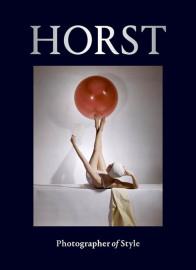
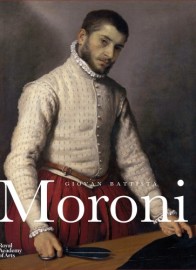
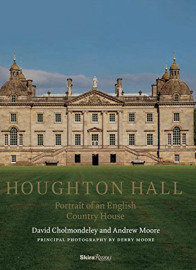
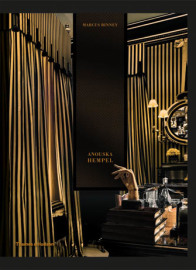
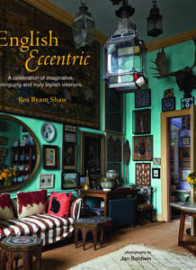
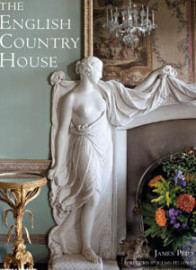
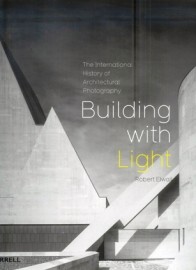
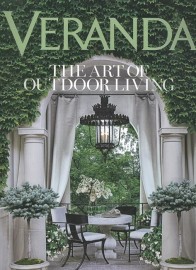
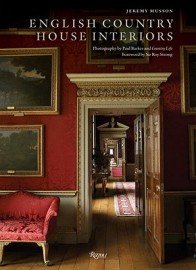
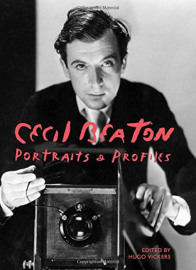
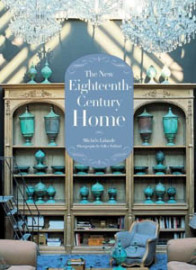
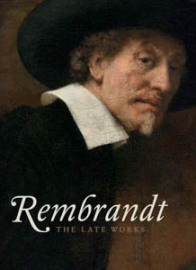
Great post! The contrast you draw between these two contemporary artists certainly seems to raise a lot of interesting questions. I will definitely be making my way over to RA to see it.
Glad you liked it. The exhibition will not disappoint.
Having seen the fabulous exhibition twice this is a wonderful addition to my experience before i make my 3rd visit
Thankyou x
Contemporary art of the type produced by Damien Hirst is first about the kudos of owning a work by a big name and secondly about an expectation of increased value – see: Breakfast at Sotheby by Philip Hook. This excellent article makes the point but perhaps could have expressed the point more forcefully.”
Kathleen Soriano curator of Anselm Kiefer RA exhibition via Twitter @KclSoriano Oct 9
@GDCinteriors impressive, provocative, well researched article. But is art world any different from music w it’s pop, indie, rock, opera etc?